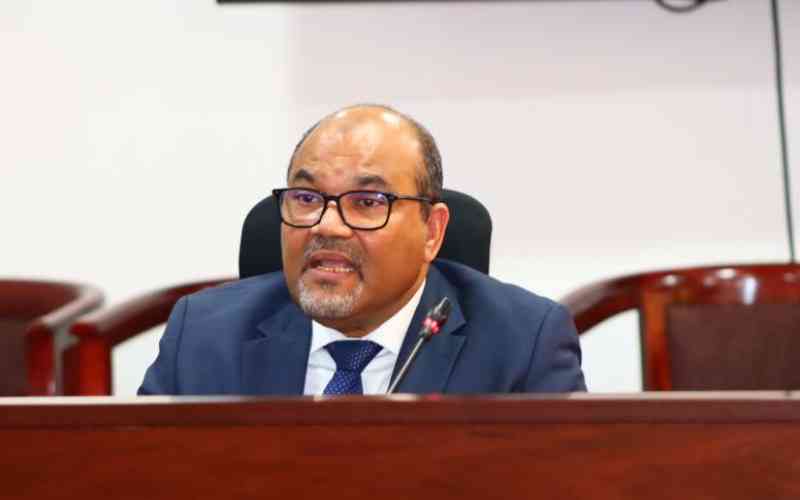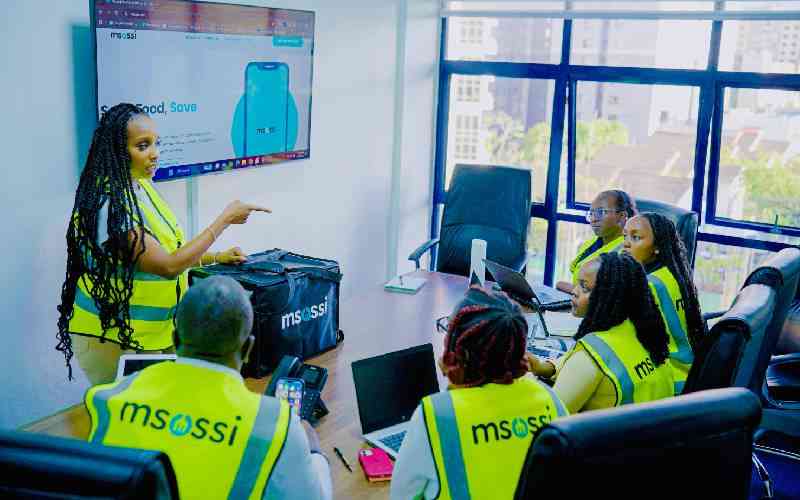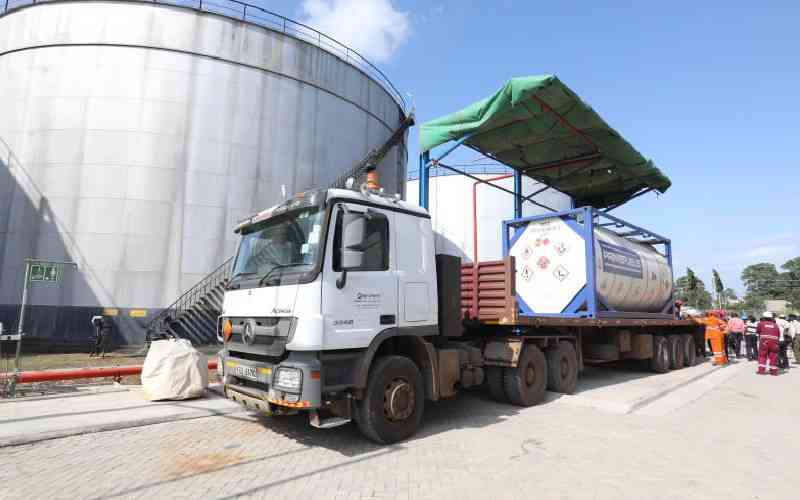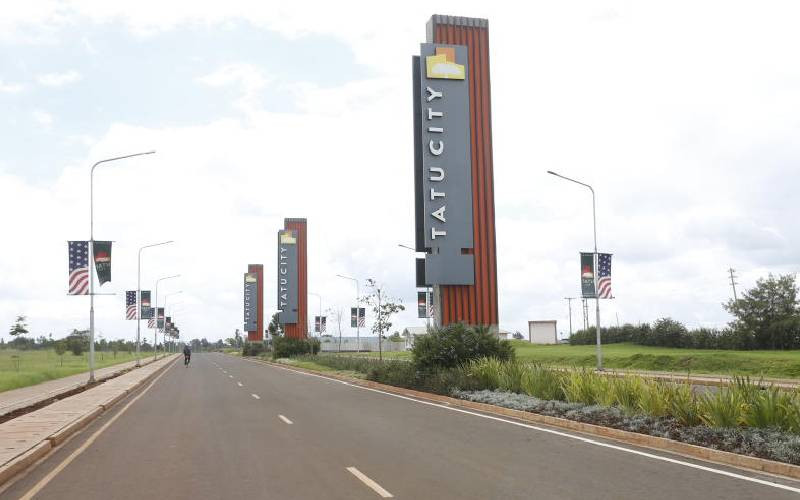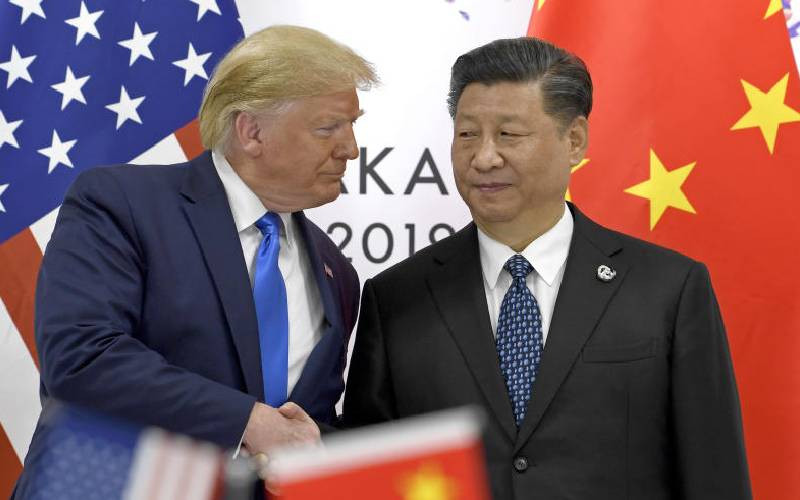×
The Standard e-Paper
Join Thousands Daily
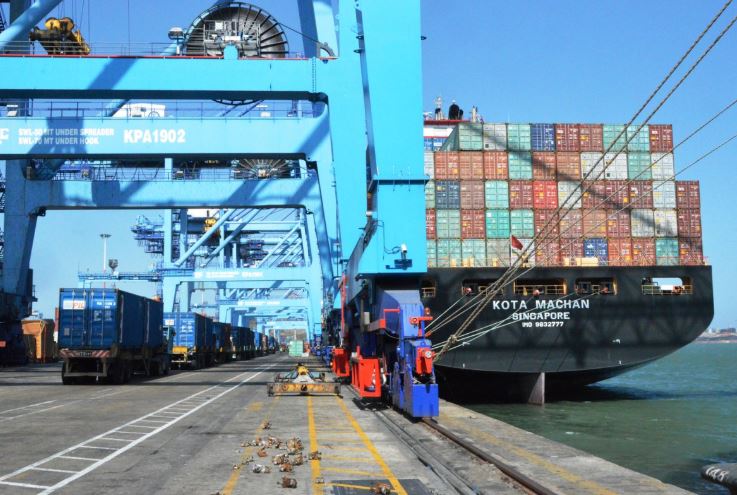
The Port of Mombasa, Kenya's largest seaport has set out a path towards becoming a world-class regional hub under its Masterplan.
According to Kenya Ports Authority (KPA), after major infrastructure developments and acquisition of new equipment, the port enhanced its attractiveness for global trade and continues to witness improved business volumes.

